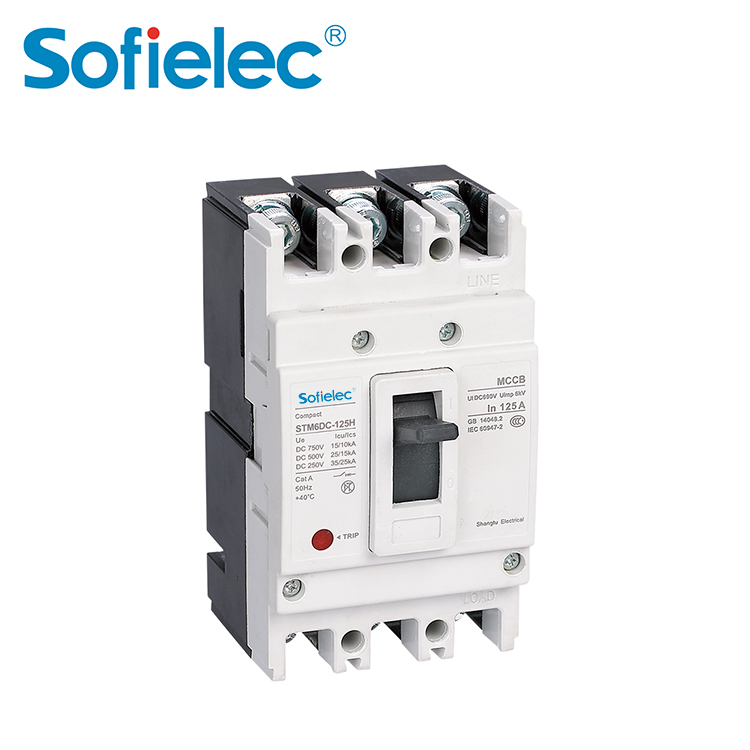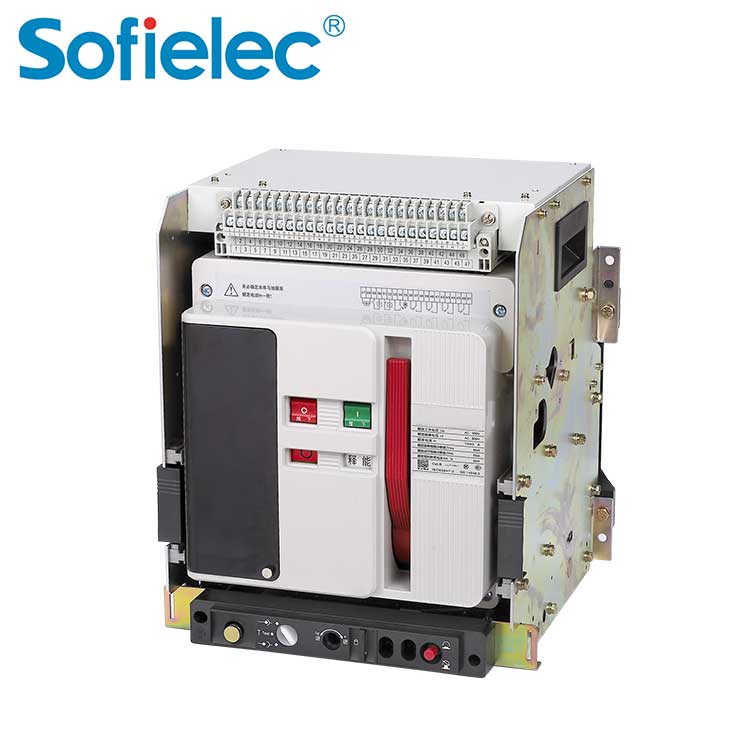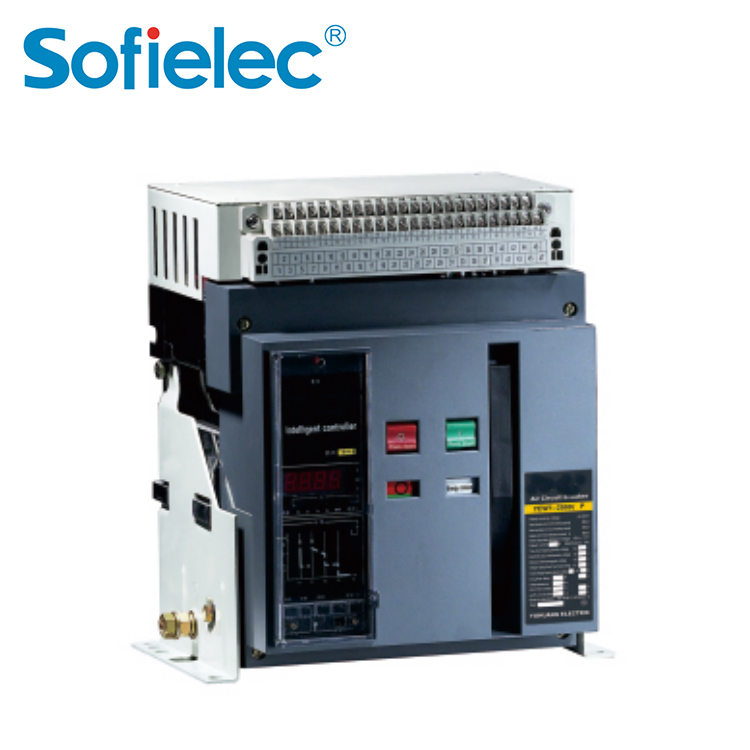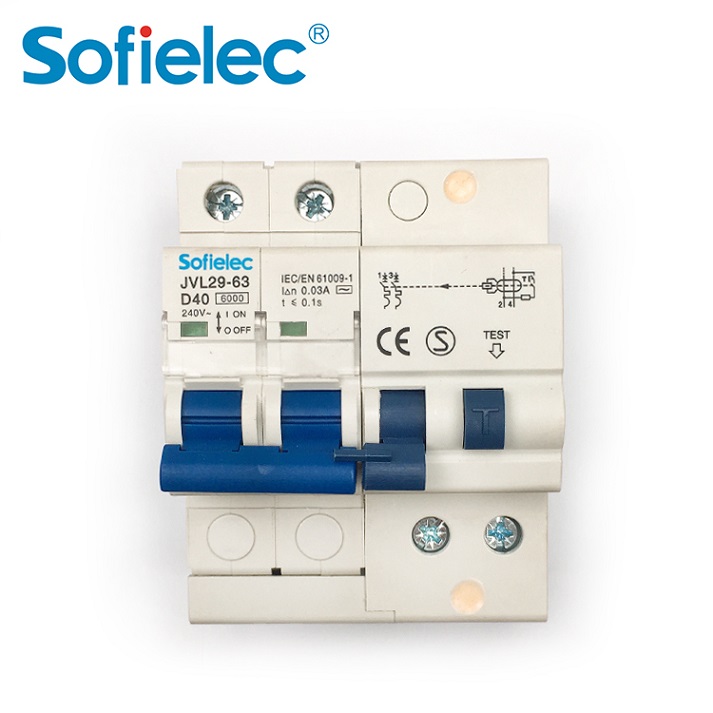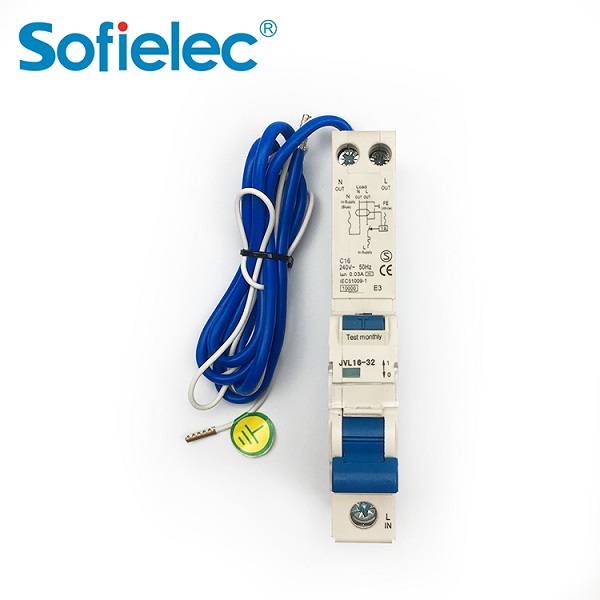MCCB and ACB Difference
Both MCCB (Molded Case Circuit Breaker) and ACB (Air Circuit Breaker) are circuit breakers used to protect electrical equipment from overloads and short circuits. However, there are also some differences between them:
Design:
The MCCB is designed with a molded case that provides physical protection for internal components.
ACBs, on the other hand, have an open design for better cooling and easier maintenance.
Current Rating:
MCCBs typically have a lower current rating than ACBs. MCCBs are typically used in circuits up to 1000A, while ACBs can handle up to 6300A.
Breaking capacity:
ACB has higher breaking capacity than MCCB. This means that ACBs can break higher fault currents than MCCBs.
Tripping characteristics:
MCCBs have fixed tripping characteristics while ACBs have adjustable tripping characteristics. This means that the ACB can be set to trip at different current levels depending on the application.
Cost:
MCCBs are usually less expensive than ACBs.
The following is the knowledge about air circuit breakers:
An air circuit breaker (ACB) is an electrical switching device designed to protect electrical circuits from overloads and short circuits. When the current is too large, it will automatically disconnect the power supply to prevent damage to the circuit.
How it works: ACB uses air as the arc extinguishing medium. When a fault or overload occurs, the ACB breaks the circuit by creating a gap in the gap where the arc forms. The air surrounding the arc cools quickly and extinguishes, allowing the circuit to be safely opened.
Types: There are different types of ACBs, including:
Ordinary Air Circuit Breakers: These circuit breakers use ambient air for arc extinguishing.
Magnetic Blow ACBs: These use a magnetic field to enhance arc extinguishing.
Blower circuit breakers: These use high pressure air to extinguish the arc.
Application: Air circuit breakers are commonly used in medium and high voltage applications such as power distribution systems, industrial facilities, and commercial buildings. They protect equipment and wiring from damage caused by short circuits and overloads.
ACB(Air Circuit Breaker) feature:
Adjustable Trip Setting: The ACB allows the user to set the trip current and time delay, providing flexibility in protection settings.
Thermal and Magnetic Protection: They provide overload thermal protection and short-circuit magnetic protection.
Remote Operation: Some ACBs can be controlled remotely, which is useful for maintenance and troubleshooting.
Maintenance: Regular maintenance is essential to ensure the proper functioning of the ACB. This includes cleaning, inspection and testing to verify they will function properly when required.
advantage:
Reliable electrical fault protection.
Adjustable settings for various applications.
Suitable for high current applications.
Proper maintenance will last a long time.
shortcoming:
Larger size compared to other circuit protection devices such as MCB (miniature circuit breaker).
More complicated and expensive than some alternatives.
In conclusion, air circuit breakers are essential elements in electrical systems to ensure the safety of circuits and equipment and prevent overload and short circuits. They are versatile and are used in a wide variety of industrial and commercial environments where reliable circuit protection is provided.
In general, MCCBs are suitable for small applications with lower current ratings, while ACBs are more suitable for larger applications with higher current ratings and higher fault currents.

